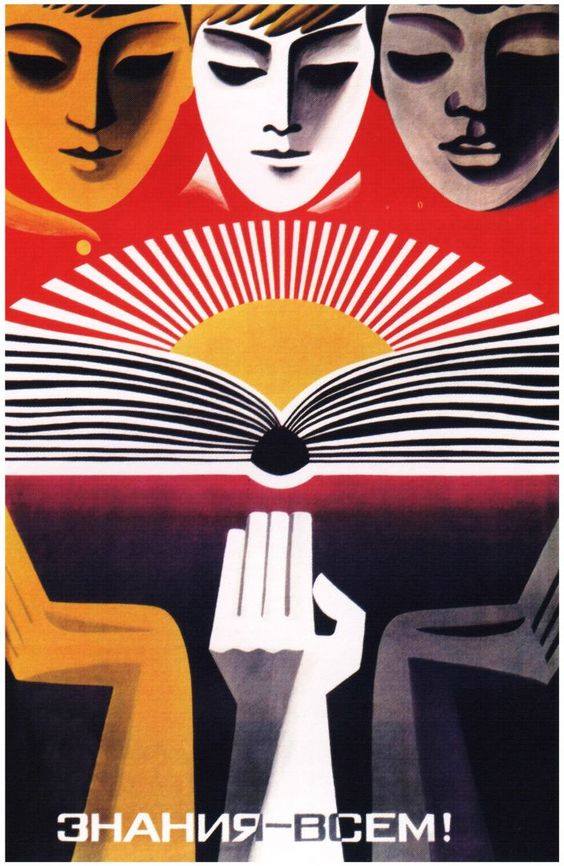Watch a news report on avant-garde art Kazimir Malevich, whose painting hangs at the New Tretyakov Gallery in Moscow.
As everyone else, when I was standing in front of this masterpiece, I mentally asked myself whether it has anything to say? I looked at this bleak, unimpressive square, which Malevich is said to have painted free hand, and saw that the strokes are uneven and quick. It seems he put the black layer over the white one before the latter dried out. The cracks are most probably the result of the artist being in a hurry. Even the outside lines of the square are uneven. Is that worth the trip to the Tretyakov Gallery, to Moscow, to Russia?
My first impression was of a kind of visual anarchy. Next, I have been reminded that one cannot apply to abstract painting those aesthetic criteria which allow us to enjoy the art of the Renaissance. I have been told that Malevich consciously and purposely employed a completely different convention of painting and a new artistic language. With that image, Malevich established his own system of nonobjective painting and named it Suprematism. This art is spiritual, declares Malevich.
Finally, I believed that his black square is a clear window into the story of its Master. This is the sotry of an independent-minded artist oppressed by brutal and omnipresent totalitarian regime. It is worth remembering that the suprematist philosophy and Malevich’s theory of the ‘extra element' in the art of various historical periods remained unknown for many years after his death. It sounds absurd today, but it was only after the system collapsed that knowledge about his method and art has become incomparably more extensive than before.
Yet another artist, the great master of absurd Daniil Kharms brings his friend Kazimir Malevich’s abstraction into the center of his artistic performance. In 1935, he wrote and delivered the poetic eulogy at the funeral of his friend Kazimir Malevich. Both Malevich and Kharms found the code in which to speak their minds. In the 1920s, under the increased pressures of the censorship exercised by the newly established Soviet state, somewhat Orwellian language had thoroughly penetrated the verbal and visual Russian art. At that point, Kharms became a writer of stories and poems for children, masking a wholly grown-up intent under the fairy tale genre and the nimble gibberish language. His characters speak in what sounds like the normal cadence and rhythm of speech, but they insert nonsense words so that sometimes they are completely unintelligible.

